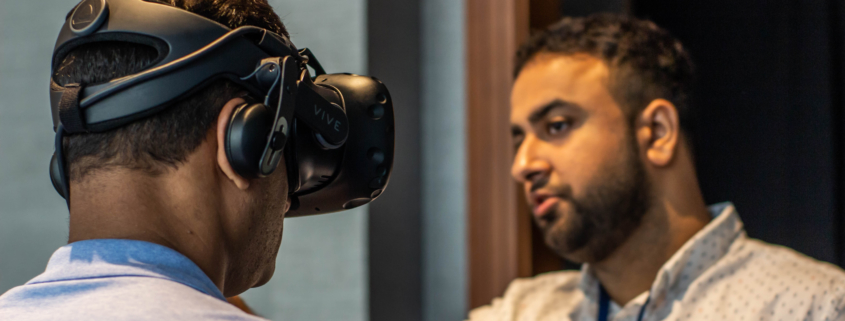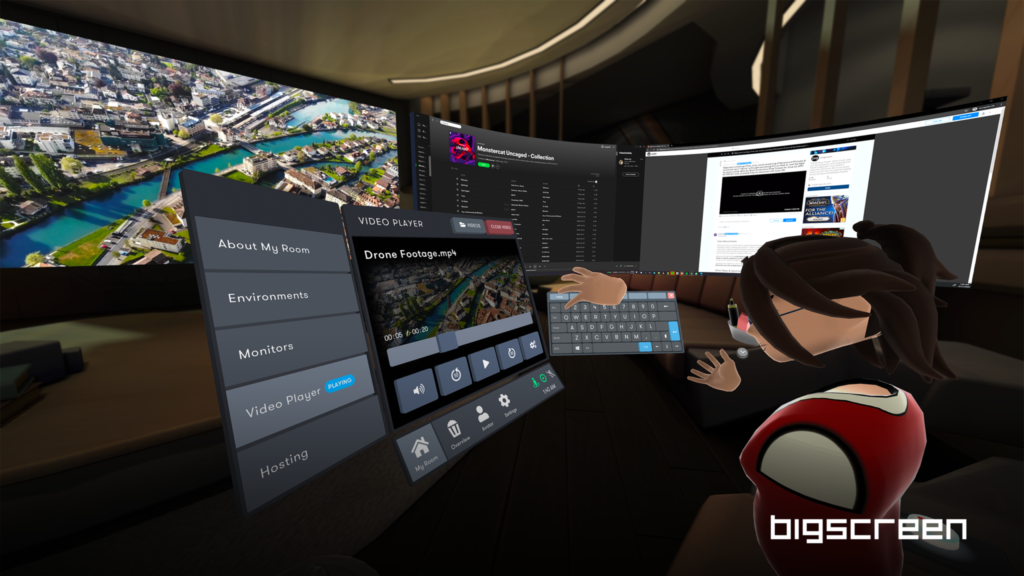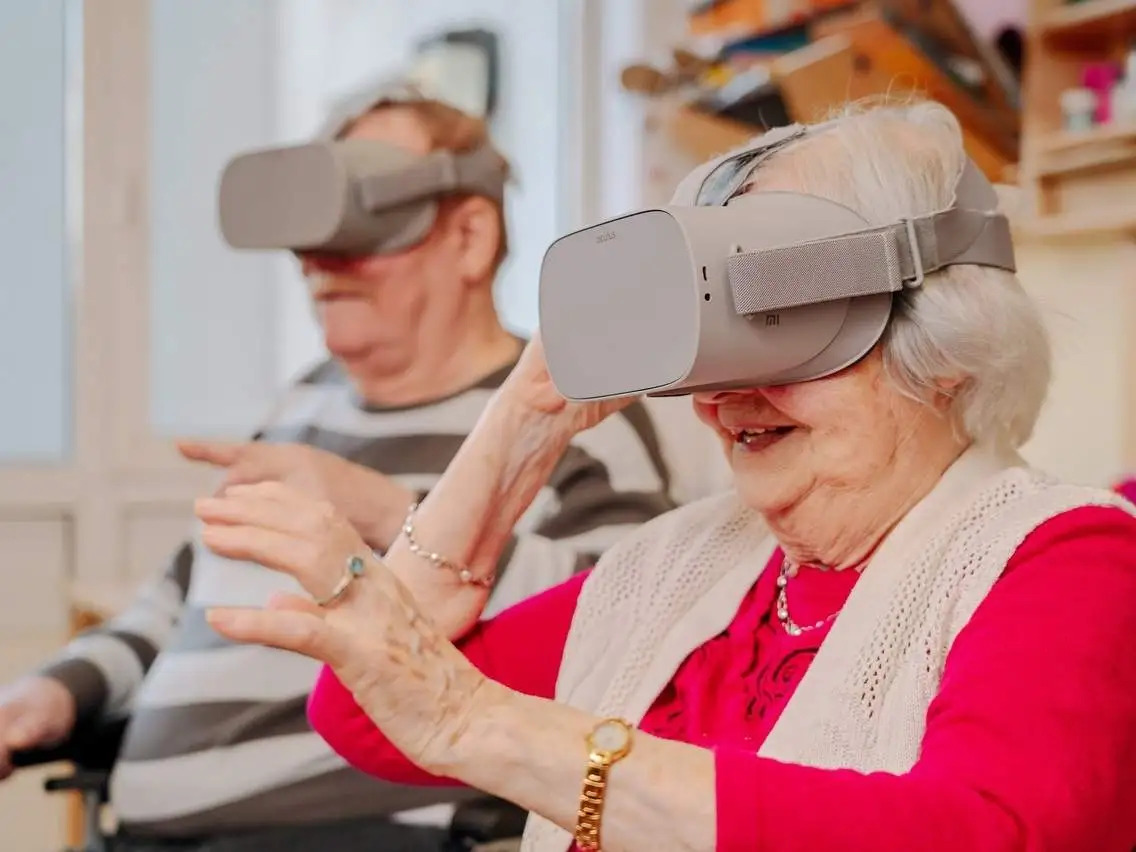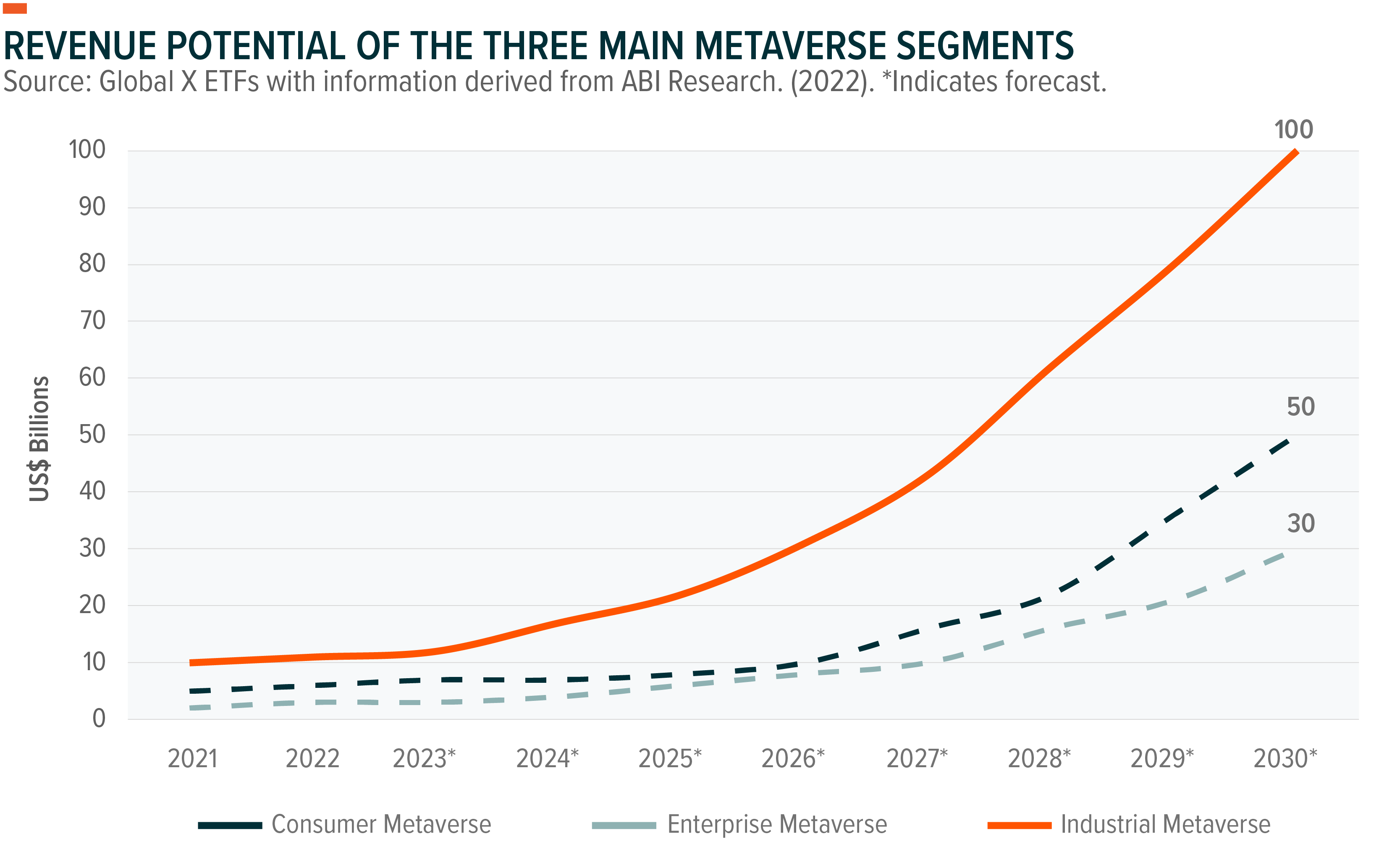In today’s business environment, employee development is more important than ever, and Virtual Reality (VR) has become a powerful tool for training and educating employees. The terms “VR Training” and “VR Education” are similar and are often used interchangeably. There is certainly some overlap, but they are not the same thing.
So, what’s the difference between the two?
VR Training focuses on more of the “What.” What specific task needs to be accomplished? Oftentimes, these are hard skills, like how to repair a piece of assembly line equipment.
VR Education is more focused on the “Why.” Why is a general concept important? This type of learning is more foundational and soft skills-focused, often in areas like leadership development.
A Quick Comparison
VR Training:
-
- Teaches a specific task
-
- Can be separated into steps
-
- Does not vary between employees of the same position
- Is administered short-term
VR Education:
-
- Teaches abstract and critical thinking skills
-
- Does not rely on specific knowledge
-
- May require different approaches for each employee
- Requires a long-term commitment

Mobile VR is perfect for employee learning in many environments
VR TRAINING: SIMULATION STIMULATES SKILLS
More and more industries are using computer simulation to train their workforce. We’ve already detailed how top retailers use VR to train employees in a previous blog post, but industrial markets are well-suited for VR training as well.
Foundry 45’s pump trainer simulation illustrates how an employee is trained on specific, chronological tasks to properly disassemble and reassemble a pump. By following a clear sequence of directions in an immersive space, employees can familiarize themselves with the equipment without potentially harming themselves or damaging equipment.

Users benefit from VR Training without the risks involved with training in the field
VR EDUCATION: LEARNING TO THINK
To enhance corporate culture, increase worker productivity, and establish the best social and ethical business practices, more global organizations are turning to VR to better prepare employees for a range of training practices.
Today’s research suggests that the environment in which we learn greatly affects the impact of our education. Immersive 360 videos and VR experiences allow training managers to tailor educational experiences to their exact organizational needs. These experiences can then be reproduced for scores of employees.
Foundry 45’s The Weather Company experience is a great example of this. The first half of the experience is an educational overview of the most important aspects of The Weather Channel’s new mobile app. The second half is a gamified element that makes the learning stick. Employees leave the experience ready to explain the app’s updates to anyone outside the team.

VR Education explains The Weather Company’s new mobile app
THE BOTTOM LINE
It’s no surprise that employees at every level can benefit from training to better perform their duties, and from education to develop a common mindset throughout an organization. It’s now up to innovative companies to use new technology like VR to help provide team members with the skills they need to grow.
Quelle:
https://foundry45.com/vr-training-vs-vr-education/




